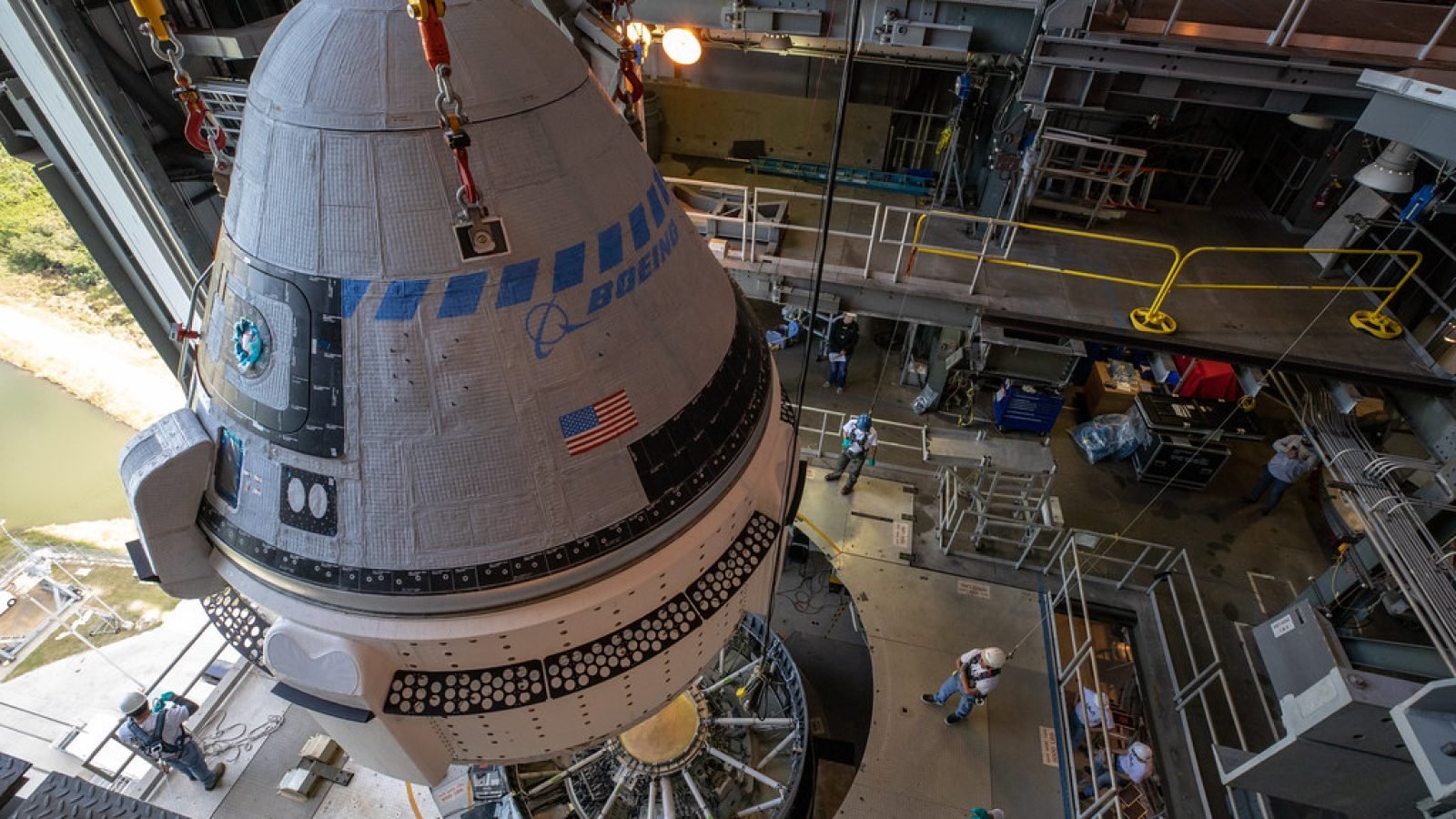Boeing in low orbit, what could go wrong?
Hey, just because Boeing’s airplanes keep falling apart doesn’t mean the same will happen with their ‘space’ vehicle, the Starliner capsule.
Hang on, it turns out there was some sort of leak.
Looks like they’re pushing back their take off to June.
Probably a coincidence.
I’m sure they’ll have all the problems worked out by then.
Any volunteers to join them?
You’ll be fine.
Just bring some duct tape for the flight.
Boeing's 1st astronaut flight now set for June after a review of small leak on new capsule https://t.co/CPEGsWzX5d
— FOX61 (@FOX61News) May 24, 2024
The Associated Press reports:
CAPE CANAVERAL, Fla. (AP) — Boeing is now aiming for its first astronaut launch at the beginning of June, after spending the past few weeks struggling with more problems on the space capsule.
Officials for the company and NASA said Friday that intensive reviews indicate the Starliner capsule can safely fly two test pilots to the International Space Station, despite a propulsion system leak. The small helium leak was discovered following the first launch attempt on May 6 that was scuttled by an unrelated rocket problem now fixed.
Engineers suspect a defective rubber seal the size of a shirt button, and say that even if the leak worsens, it could be managed in flight. All of the capsule’s other seals checked out, said NASA’s commercial crew program manager Steve Stich, prompting managers to target June 1 for the launch.
This will be the third test flight for Starliner. Demos in 2019 and 2022 had no one aboard. Boeing had to repeat the empty flight because of software and other flaws the first time.
If not for the Atlas V rocket’s bad valve that halted the first countdown, Starliner would have launched from Cape Canaveral earlier this month with the leak first detected in orbit, according to Stich. Flight controllers would have managed the leak, and the astronauts would have been safe, officials stressed. Helium is used to pressurize the fuel lines of the propulsion system, which maneuvers the capsule in flight.
Engineers now know the location of the leak and “that’s going to help us with improving the system in the future,” said Boeing program manager Mark Nappi.
“Remember, this is a test flight. We’re still learning,” Nappi told reporters.
Identification of the Starliner leak led to the discovery of yet another problem — “a design vulnerability” in the propulsion system in the unlikely event of a string of failures, Stich said. The team has developed workaround methods to get the capsule safely out of orbit at flight’s end if such problems arise, he added.
'It's so complicated:' Boeing Starliner teams diagnose helium leak ahead of June 1 astronaut launch https://t.co/F6gwn3O4uC pic.twitter.com/zJGTmym7l0
— SPACE.com (@SPACEdotcom) May 24, 2024



Join the conversation!
Please share your thoughts about this article below. We value your opinions, and would love to see you add to the discussion!